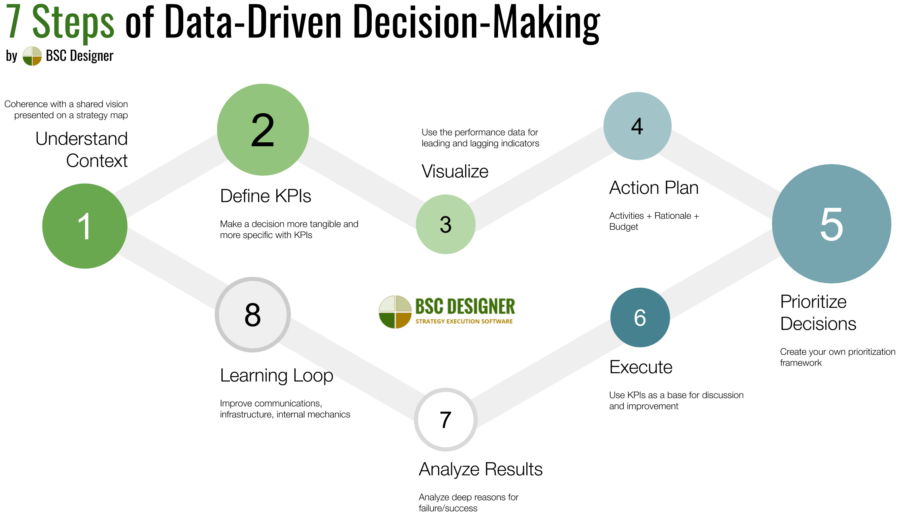Table Of Content

Finally, a comprehensive model framework along with an intelligent search methodology for designing high-strength titanium alloys has been established. It is believed that this method is also applicable to other properties of titanium alloys and the optimization of other materials. Collecting data isn’t the hard part; having a data-driven design process that you’ll stick to probably is. But by leveraging quantitative and qualitative data, you’ll be able to make better decisions and have a real impact on the quality of your users’ experience with the product.
Implementing Data-Driven Decisions in the Design Process
With a decade in the digital product industry, I combine engineering expertise, User Experience Design knowledge, and AI insights to create resonant digital products. Leading a team of 50+, ProCreator has transformed 100+ businesses through UX and Data-Driven Design. Passionate about design education, ProApp empowers over 500,000 learners worldwide. My innovative approach has earned accolades, including Google awards. Through mentoring and sharing AI-Driven insights, I’m shaping the future of digital product design, one innovation at a time.
A data-driven robust optimization in viable supply chain network design by considering Open Innovation and ... - ScienceDirect.com
A data-driven robust optimization in viable supply chain network design by considering Open Innovation and ....
Posted: Wed, 10 Jan 2024 08:00:00 GMT [source]
Risks and Challenges of Data-Driven Decision Making

Analytics tools (Google Analytics, product metrics, social media analytics, email analytics, etc.) provide designers with valuable quantitative data on user behavior, demographics, and engagement. Qualitative data is non-numerical and focuses on subjective user opinions, feelings, and motivations. This qualitative data helps designers understand the “why” behind user behavior, offering a deeper insight into user needs and preferences.
Potential data biases
As you can see, by using relevant data and its proper interpretation, you can elevate your digital product, and achieve your business goals easier. These methods include card sorting, contextual interviews with actual users, focus groups, surveys, and heuristic analysis, among others. User research also includes things like creating personas and use cases.
Data-Driven Architectural Patterns
You make two versions of a web page or app feature (A and B) and test them with real users to see which one performs better. Consider user data as a palette of colors waiting to paint a masterpiece. These 10 steps are your brushes, skillfully blending insights to create a design that’s not only visually stunning but also deeply resonant with users.
“Collecting and analyzing data is key to creating better designs and user experiences,” writes Design Blog Editor Cameron Chapman. For example, a design team might discover that a specific design pattern is popular among users. While it’s essential to consider this data, designers should also explore alternative solutions, as blindly following trends may result in a product that lacks distinction and fails to meet users’ unique needs. Causal machine learning (ML) offers flexible, data-driven methods for predicting treatment outcomes including efficacy and toxicity, thereby supporting the assessment and safety of drugs. A key benefit of causal ML is that it allows for estimating individualized treatment effects, so that clinical decision-making can be personalized to individual patient profiles. Causal ML can be used in combination with both clinical trial data and real-world data, such as clinical registries and electronic health records, but caution is needed to avoid biased or incorrect predictions.
Quantitative data involves numbers and answering questions such as how much, how often, and how many. Some ways in which designers can extrapolate such data are through tools like heatmaps, A/B testing, surveys, and website analytics. This description led to the proposal of a conceptual framework, organized around three main streams, and namely the consequences on designers, the consequences on design processes and the role of methods for data analytics.
Your designers and users are different from a demographic perspective too. Perhaps you’re targeting suburban medical professionals in their 40s. Meanwhile, your design team is made up of urban creative millennials. Both parties navigate technology differently and come with different expectations.
A fifth change, therefore, concerns the integration of IT, marketing and NPD functions (Bstieler et al. Reference Bstieler, Gruen, Akdeniz, Brick, Du, Guo, Khanlari, McIllroy, O'Hern and Yalcinkaya2018) (D-ORG1). The novelty is that this collaboration rests on the ability to analyse vast and rich amounts of continuously gathered data, which very probably will require the constant support of the new professional role of data analysts (refer to Figure 1). This ongoing collaboration makes thus necessary to define and formalize the roles and competencies that designers, marketers and data analysts should have with one another. Creating products from scratch takes a lot of time, effort, and resources.
Also, define the terminology that you will use while communicating or in some data extraction tools. Designers also need access to the quantitative data, especially that which characterizes user behavior. Of course, they need this data represented in an understandable way, not just raw data, which can look like a foreign language to non-data people. First and foremost, key people will need to access the data for this data-driven design process to work. There’s often a limited information flow between the departments in larger organizations, which can be a real drag in implementing this new process.
It’s quite clear that by understanding the importance of design and integrating data-driven philosophy as the core principle of your company’s work, there’s a lot to gain in the long term. Having this conversation with stakeholders about what we can and can’t accomplish with data is necessary for the successful implementation of a data-driven design approach. Thus, it can be challenging to get stakeholders on board with this concept of data-driven design. Don’t fall into the trap of trying to optimize the numbers while forgetting a broader picture. It may lead to a worse user experience and damage to a brand image in the long term. All data can be presented in a simple way and even visualized to make it more clear.

Still, in a data-driven design process, those same decisions are rooted in solid data, ensuring they’re aligned with user needs and preferences. Understanding the data-driven design process can give an edge to the designer as a professional in his career. User research, analytics, A/B testing, and other techniques enable a designer to create better designs with more ease and some evidence to back it up.
With an early start in the 1990s, Micah embarked on a path that would see him becoming a pioneering force in user experience design, blending technical prowess with a deep understanding of human-centered design principles. Data-driven architecture involves designing and organizing systems, applications, and infrastructure with a central focus on data as a core element. Within this architectural framework, decisions concerning system design, scalability, processes, and interactions are guided by insights and requirements derived from data. What if project teams could spend less time on quantitative analysis and focus on the qualitative, human aspects of the built environment?
No comments:
Post a Comment